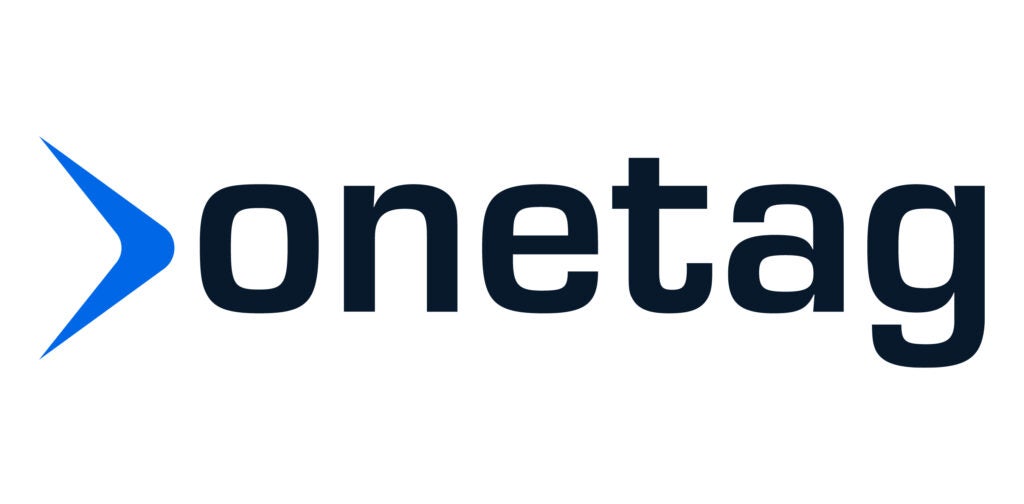Since ChatGPT exploded into public consciousness, the conversation in ad tech has centered around AI. Generative tools, predictive models, attention algorithms: AI now touches nearly every part of the ecosystem, from media planning and creative to optimization and reporting.
But while AI captures the spotlight, another foundational technology has quietly enabled much of this progress: the cloud.
Earlier this year, AdExchanger reported on ad tech’s accelerating shift to cloud infrastructure, highlighting its role in enabling high-volume, real-time data processing. One challenge the article raised – lag time – is critical in a space where every millisecond counts.
Some companies have been working hard to make it more efficient, ensuring the promises of programmatic are kept and buyers benefit from the gains in speed and performance. Some have even built infrastructure from scratch, a foundational investment for ad tech’s future.
And that’s another aspect worth spotlighting – one that underpins nearly every promise we make in the Outcomes Era: Cloud infrastructure has become a competitive differentiator. In a market obsessed with performance, it’s the key to unlocking efficiency and results.
Infrastructure is strategy
A small number of companies are treating infrastructure design as a core discipline. Rather than relying solely on off-the-shelf services, they’re working hard to optimize systems internally, taking on more of the heavy lifting themselves, with a focus on performance and efficiency.
The result is a structural advantage.
These systems are built for real-time ad decisioning, processing billions of bid requests quickly, filtering at the impression level and surfacing only the most valuable opportunities. They’re latency-optimized, cost-efficient and built to feed smarter algorithms.
Outperforming in the programmatic auction requires participating with the most intelligent pricing and optimizing in real time at a granular level. It all needs to happen in fewer than 250 milliseconds.
What sets these companies apart is how they use this infrastructure edge to benefit the entire supply chain, not just themselves.
Skyrocketing efficiency
Programmatic today is full of noise: duplicate auctions, overlapping supply paths and irrelevant bid requests. This complexity creates extra work for DSPs trying to identify quality at scale.
Smarter infrastructure solves this at the source. By evaluating traffic upstream, applying impression-level filtering and shaping requests in real time, these platforms shift much of the decisioning to the sell side so DSPs no longer have to do the heavy lifting alone.
The result: fewer but higher-quality bid requests that align more closely with advertiser goals. This reduces QPS load, lowers compute costs for DSPs and gives algorithms better input to work with, all while accelerating time to value for buyers.
It’s a simpler, smarter path to performance and a far more sustainable one. With less processing required across the chain, energy usage drops significantly, helping reduce the environmental footprint of programmatic at scale.
The foundation for the Outcomes Era
Curation is a performance strategy. It helps buyers find the impressions that truly drive outcomes. And it all starts with infrastructure capable of evaluating massive volumes of data in milliseconds.
As AI becomes central to everything we do in ad tech, the companies that lead will be the ones that invest in strong, lean, intelligent infrastructure. Systems that do the hard work early and let DSPs focus on what matters.
This brings us full circle. AI doesn’t operate in a vacuum. To drive real performance, it needs to be purpose-built, cost-efficient and latency-optimized.
And as AI takes over ad tech, the winners won’t be the ones with the smartest models. They’ll be the ones with the strongest foundations.
So yes, by all means, embrace AI. But don’t forget the cloud.
“Data-Driven Thinking” is written by members of the media community and contains fresh ideas on the digital revolution in media.
Follow Onetag and AdExchanger on LinkedIn.


















